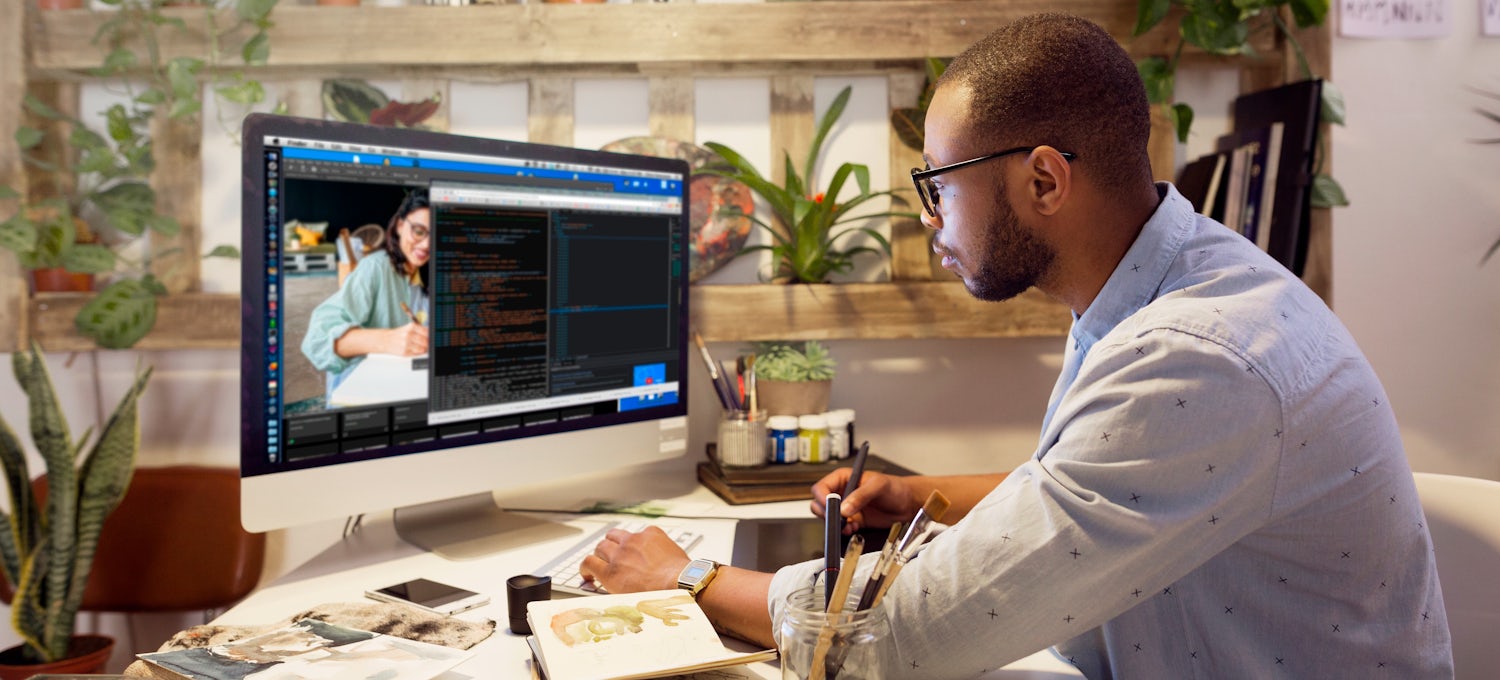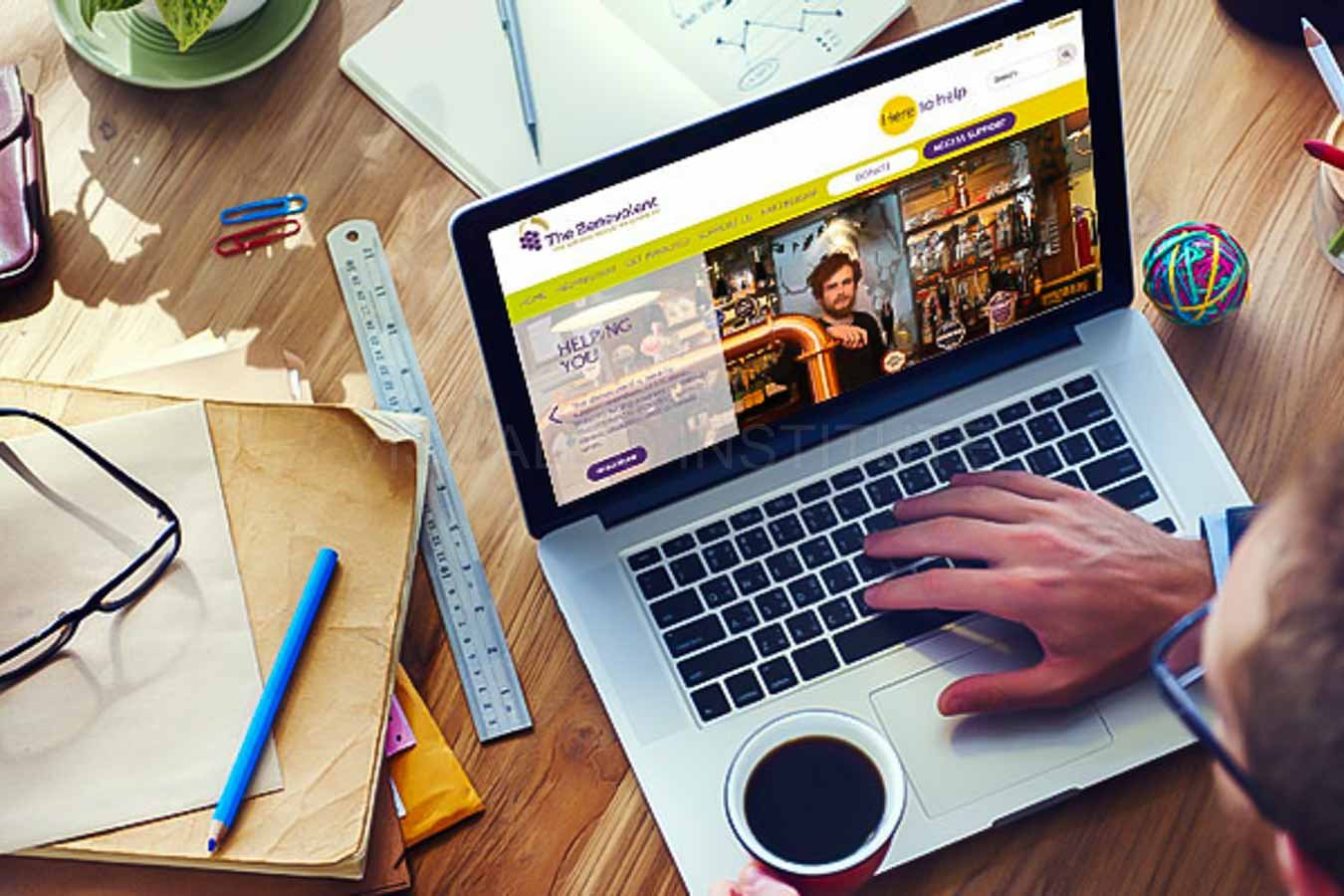Las Vegas Web Design Experts Tailored for Businesses of All Sizes
Las Vegas Web Design Experts Tailored for Businesses of All Sizes
Blog Article
Innovative Web Layout Solutions for Modern and Engaging Sites
In the world of internet style, the quest of modern-day and interesting remedies has actually come to be significantly essential for organizations intending to catch individual interest. By integrating strong color plans, interactive elements, and responsive layouts, developers can develop experiences that not just resonate with users but also enhance brand name identification.
Accepting Strong Color Schemes
In internet style, the calculated use of bold color pattern can dramatically improve individual engagement and brand name identification. By employing vibrant tones, designers can develop aesthetically striking internet sites that capture attention and foster a remarkable experience. An appropriate color palette not just mirrors a business's values however also evokes specific feelings that can influence user actions.
Vibrant colors can be employed to assist customers' interest to essential aspects such as calls to action, boosting conversion rates. Using contrasting colors for switches and links can make these elements stand out, motivating individuals to connect more conveniently. A cohesive shade scheme throughout the website strengthens brand name recognition, creating a feeling of knowledge and trust among site visitors.
Nonetheless, it is important to stabilize bold colors with appropriate white room to avoid overwhelming individuals. Efficient usage of typography also complements strong shades, ensuring readability while preserving aesthetic charm. Inevitably, embracing vibrant color pattern in internet design not only elevates aesthetic quality but also plays an important role in achieving calculated organization purposes, making it an important consideration for contemporary web development.

Making Use Of Interactive Aspects
Interactive elements are crucial in contemporary website design, as they considerably boost individual engagement and produce a much more vibrant browsing experience. By incorporating functions such as animations, float impacts, and clickable components, web sites can encourage individuals to discover material more completely and return for future visits.

Micro-interactions, such as subtle computer animations when a switch is clicked or a kind is sent, can likewise improve the user experience by offering immediate feedback. These tiny information can make the web site feel more receptive and to life, promoting a sense of connection in between customers and the site.
In addition, gamification aspects, such as rewards for finishing particular actions, can inspire users to involve with the content extra deeply. By thoughtfully incorporating these interactive elements, internet designers can develop an unforgettable and interesting online experience that reverberates with users and urges them to return.
Executing Receptive Design
Applying responsive style is essential in today's multi-device landscape, making certain that sites give an optimal viewing experience throughout various screen dimensions. As users progressively access the net through mobile phones, tablet computers, and desktops, a one-size-fits-all technique is no much longer practical. Receptive style allows for seamless navigating and communication, adjusting layout and material to fit the tool being used.
Secret concepts of receptive Full Report layout include liquid grids, adaptable photos, and media queries. Fluid grids make use of relative systems, such as percents, as opposed to repaired pixels, making it possible for aspects to resize proportionately. Adaptable photos range within their including elements, preventing overflow and keeping aesthetic integrity. Media queries promote the application of various designs based on the tool's features, such as size, height, or resolution, allowing designers to customize the user experience properly.
Additionally, receptive design boosts search engine optimization efficiency, as internet search engine prefer mobile-friendly websites. By carrying out responsive style, businesses not only boost read more user contentment and engagement yet additionally increase their reach in an affordable digital landscape. As technology proceeds to progress, adopting responsive style has become an essential technique for any kind of contemporary and appealing site.
Integrating Multimedia Content
Multimedia material plays an essential function in developing interesting and vibrant internet experiences that capture customers' interest and improve understanding. By integrating message, photos, sound, and video, websites can use a richer narrative that appeals to numerous finding out styles discover this and choices. This integration not just reinforces individual involvement however also help in sharing intricate concepts succinctly.
Incorporating high-quality photos and infographics can damage up textual web content, making it a lot more absorbable. In a similar way, video tutorials and presentations can provide thorough insights that static web content might not fully connect. Audio components, such as podcasts or history music, can likewise improve the environment of a web site, creating a much more immersive experience.
Furthermore, the strategic use multimedia can improve SEO efficiency, as search engines prefer diverse content types, raising presence. It is important to ensure that multimedia components do not hinder web page load times, as this can lead to individual aggravation. By stabilizing multimedia combination with efficiency factors to consider, web designers can create visually attractive and functional web sites that reverberate with individuals, fostering a much deeper link and motivating return check outs.
Prioritizing Individual Experience

To attain an optimal individual experience, developers must focus on a number of key concepts. Clear phone calls to action, understandable typography, and organized web content guide customers, decreasing cognitive lots.
Inevitably, focusing on UX not just raises individual satisfaction however also drives involvement and conversion prices, making it an important element of modern-day internet layout techniques. By positioning users at the facility of design efforts, websites can create long lasting, favorable impressions that encourage return visits.
Final Thought
Finally, contemporary web design options that stress vibrant shade plans, interactive components, responsive layout, and multimedia web content considerably enhance user interaction and fulfillment. Prioritizing customer experience through clear formats and constant comments even more contributes to boosted conversion prices. By taking on these methods, web sites can properly astound visitors and strengthen brand name identity, inevitably resulting in an extra vibrant and appealing on the internet existence. The combination of these design concepts is important for accomplishing modern web style objectives.
Report this page